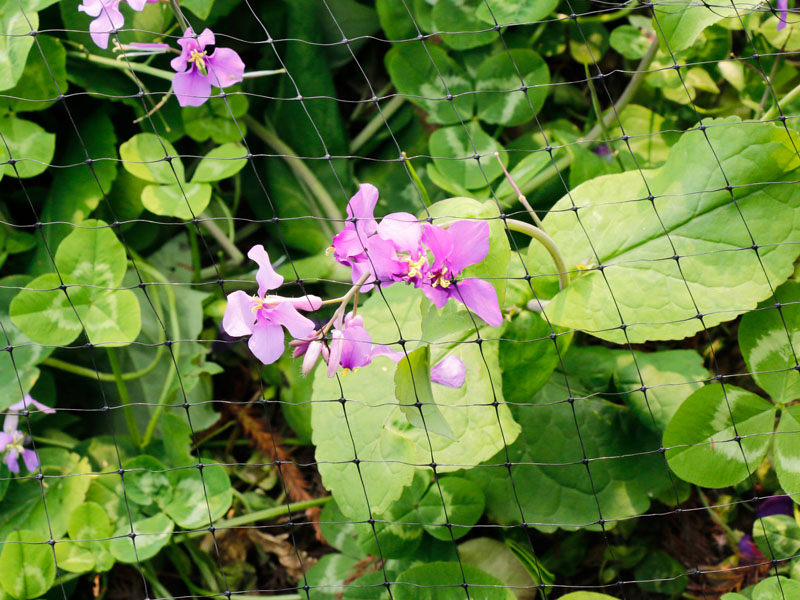Crop protective netting is a valuable tool in modern ag […]
Crop protective netting is a valuable tool in modern agriculture, offering a multitude of benefits beyond just pest control. By providing a physical barrier that shields crops from pests, netting helps to maintain the integrity and health of plants throughout their growth cycle. This protection extends beyond just insects to include birds and small mammals, all of which can cause significant damage to crops if left unchecked.

The use of crop protective netting aligns with sustainable farming practices by reducing the reliance on chemical pesticides. This reduction not only benefits the environment by minimizing pollution and preserving biodiversity but also promotes the long-term health of agricultural ecosystems. By fostering a more balanced and resilient ecosystem, netting contributes to the overall sustainability of farming operations.
The versatility of crop protective netting extends beyond pest control. It can also serve as a means of regulating microclimates, protecting crops from adverse weather conditions such as hail or excessive sunlight. This additional layer of protection can help to mitigate the impacts of climate change on agriculture, providing farmers with greater resilience against unpredictable weather patterns.
Crop protective netting offers a holistic approach to crop management that goes beyond traditional pest control methods. By providing physical protection, promoting sustainability, and enhancing resilience to environmental challenges, netting plays a vital role in modern agriculture and holds promise for the future of food production.



 WhatsApp:+8613626888261
WhatsApp:+8613626888261